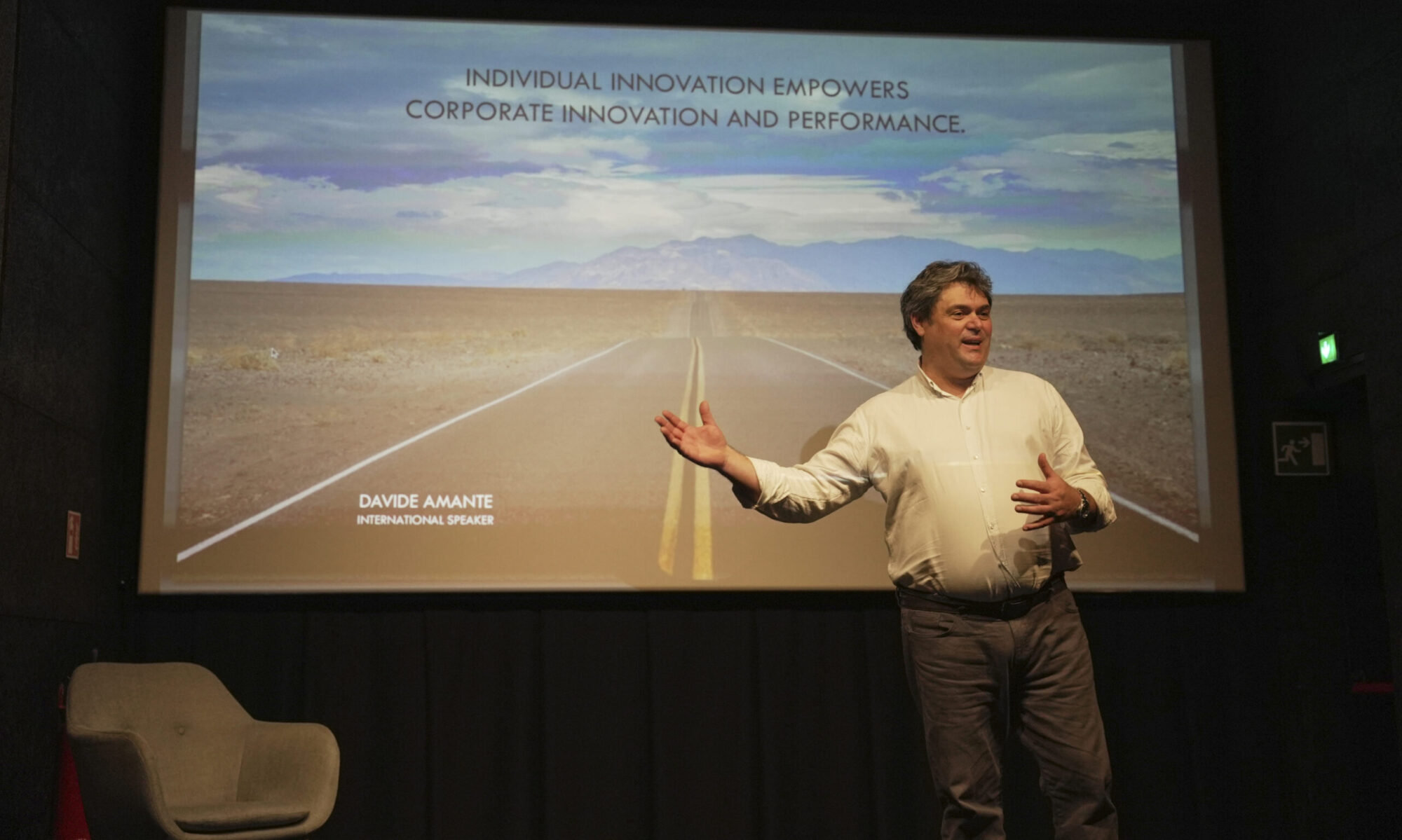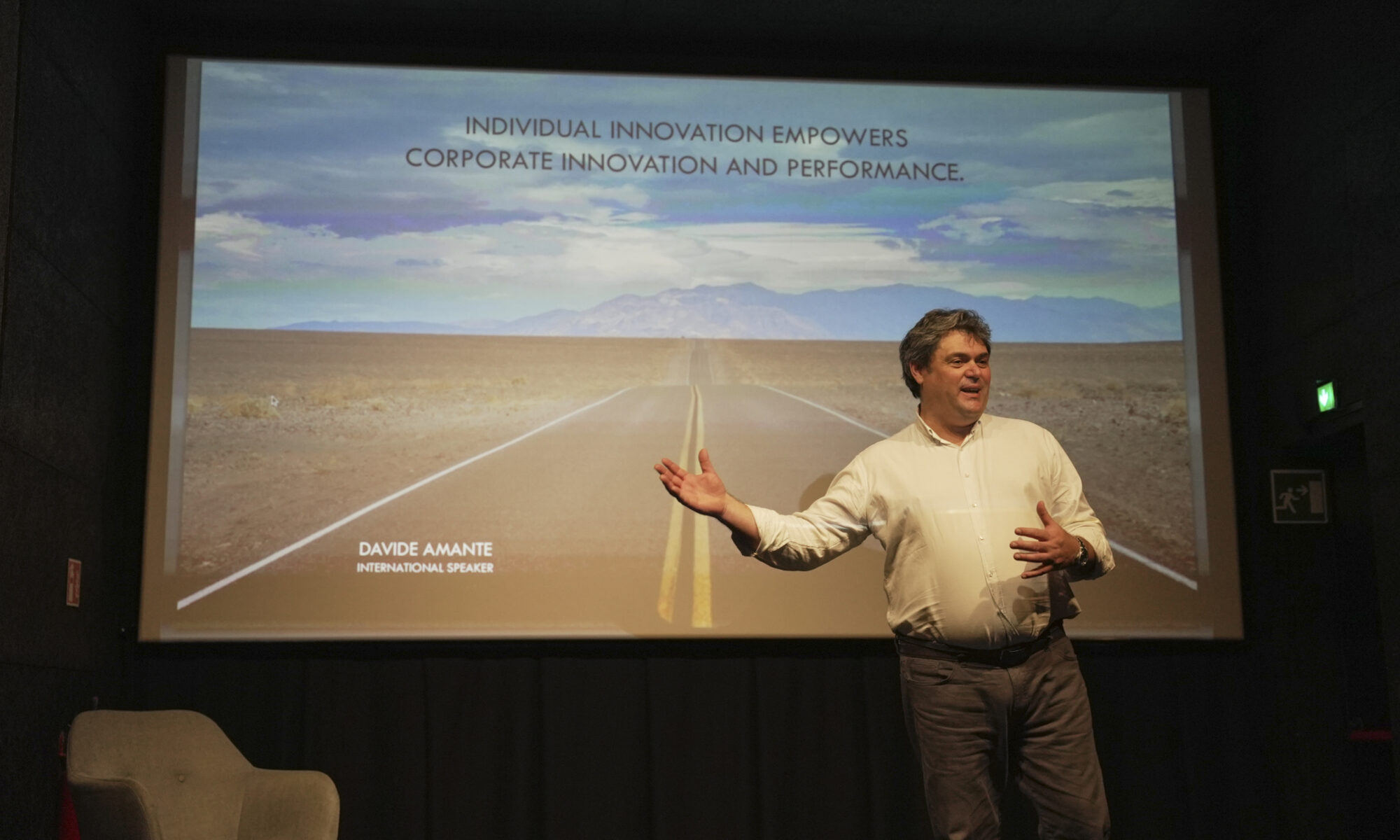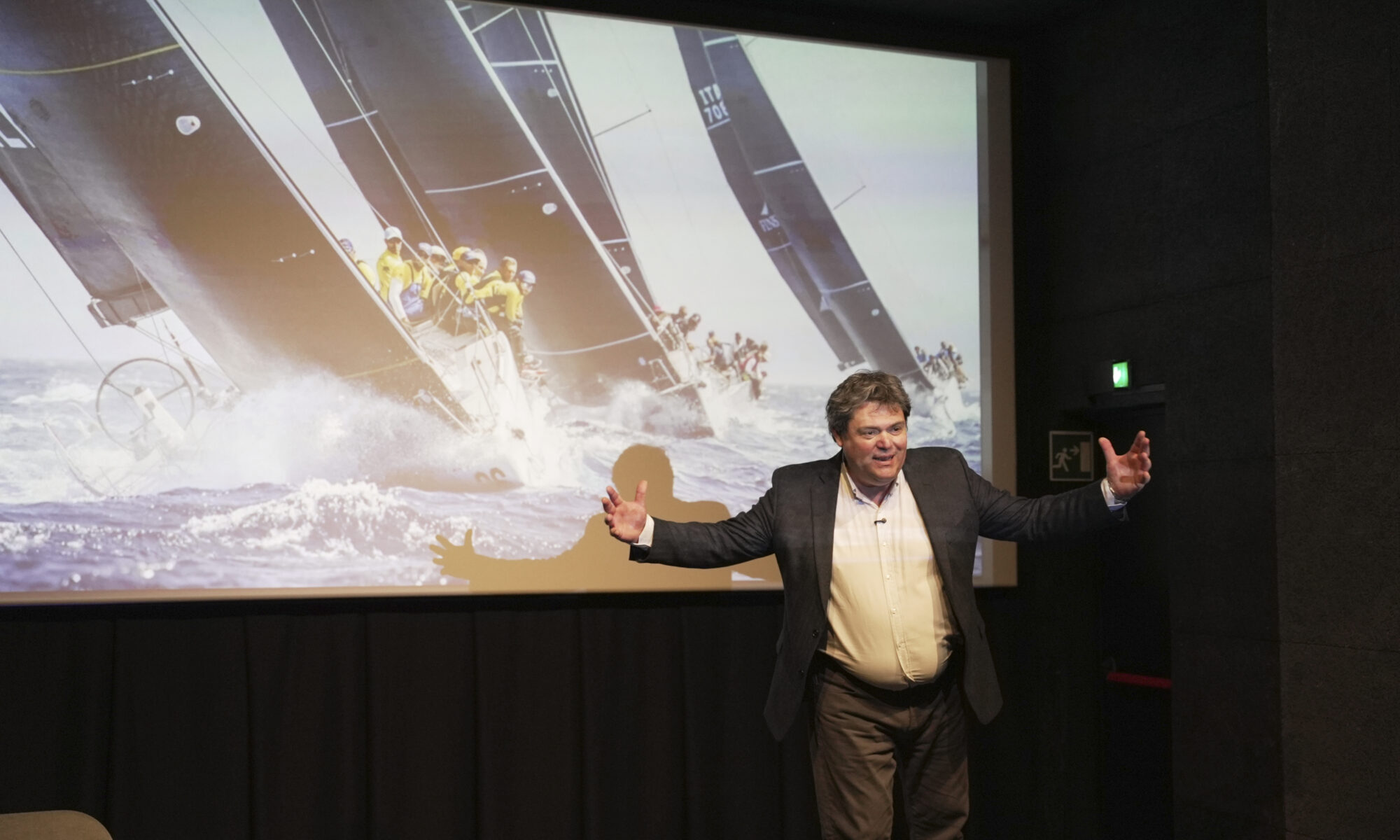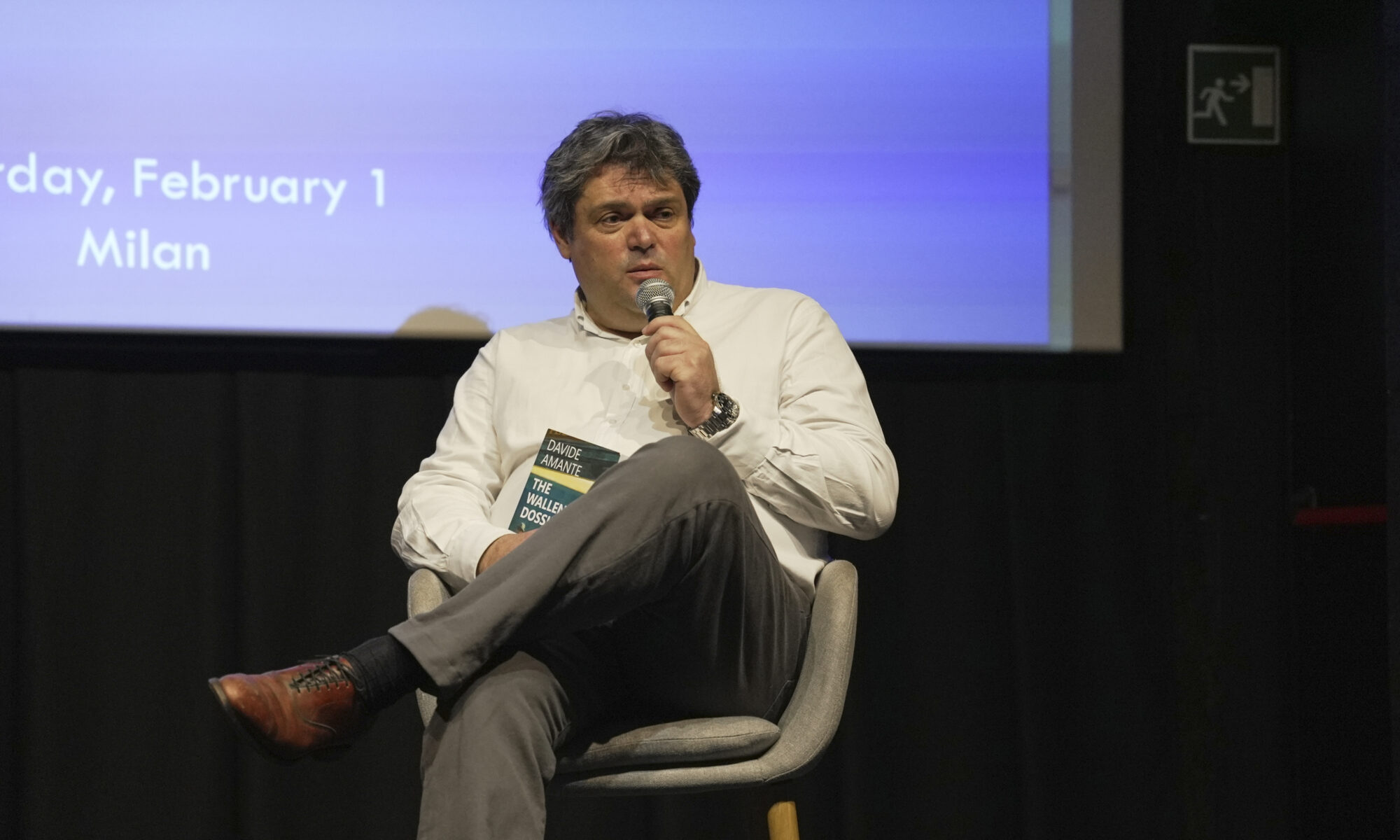We have seen that vision is actually the very first step of a leader’s action, it is the moment in which all energies come together for a common mission: the accomplishment of the project. There are three elements that go tightly together in the leader’s action: Charisma, Influence and Communication.
The word charisma derives from the Latin charisma, which in turn derives from the ancient Greek χάρισμα, from the word χάρις ‘Grace’, and indeed charisma is essentially a state of grace in which an individual may find himself or herself. It is a sort of supernatural, enlightened, connection with life that has its origins in the full consciousness of self and full awareness of the journey to take that the leader developed. This state of grace, despite the importance of the word, is not at all a theoretical status, rather we are talking here of a very practical condition. Everybody has felt this grace at different points of their life, it is a sort of supreme well-being or happiness originating from the feeling that you are connected with the world, that you understand yourself and feel fit for what is around you. It maybe starts around your twenties and it happens a number of times in your life, occasionally, unexpectedly. On the way to become a leader, it also happens at the end of the ‘awakening process’ I’ve described in the first chapters of this book, when you learn to remove the unessential, begin to look inside yourself, find your connection to the world and direction of your journey.
The other side of charisma is the unique connection between the leader and his or her ‘followers’ that can yield extraordinary performance and accomplishments. This level of performance is however not reached or controlled by the leader, but rather is the result of the ‘special relationship’ that builds between the leader and the followers, of which both the leader and the followers are equally responsible. This special relationship begins with a behavior by the leader and an instinctive recognition by the follower, who immediately recognizes a set of attractive values in the leader’s behavior. These values determine an opening towards the leader and the development of a first connection which will then progres-sively develop into the leader-follower relation as the follower shares and makes his or her own the leader’s values.
Typical charismatic leadership behaviors are: a strong identity which descends from having a vision and a clear idea of the journey towards the attainment of this vision; willing to take calculated risks that go beyond the status quo; openness to transfer his or her identity into a comprehensive and value-bearing collective identity; high confidence in him or herself to accomplish the vision which passes on to high team confidence to reach objectives; high performance expecta-tions. These behaviors are indeed attractive to followers in the sense that they instinctively attract attention and interest from the follower, who is then inclined and willing to establish an open communication channel with the leader. Starting from this precise moment the game is not anymore exclusively in the leader’s hands but a relationship building process begins, in which leader and team put equally important efforts. This process will go through a number of steps, mainly by instinct, that begin with listening to each other, having an empathic attitude from both parts, displaying reciprocal recognition including the recognition of each other’s limits, sharing of values. When this process completes, the leader-follower relationship moves to a higher level, which is affinity: a spontaneous liking between the two, based on sympathy intended as it is in the original ancient Greek meaning of συμπάϑεια, composed of σύν ‘same’ and πάϑος ‘feeling, passion’. The common goal is the base for the development of affinity. That is the time leader and follower relationship crystallizes into a unique relationship in which both fight for the same vision and although this vision was originally inspired by one, it is in fact not anymore the leader’s vision but it is the team’s vision and while the leader will be considered as the originator of a project, in fact the project becomes the team’s, who will fight for the accomplishment by themselves.
Visionary genius and Operative talent
Charisma has a particular feature, it is fluid, constantly and dynamically changing to adapt to the situation. It moves and evolves with the owner’s inspiration. An individual who exerts his or her charismatic effects on others will constantly change behavior during the process of crystallization of the relationship with them, without being affected in identity, values and vision. When a new vision is instilled in others to the point that they see it and fight for it as if it was their own, also the leader moves forward to a new stage of the relationship, becoming the element of the group who not anymore seeks recognition, no matter how much he wants to change the status quo, but that inspires, guides, maintains the team’s cohesion and adjusts the course when necessary. Similarly, also for the follower the relationship is fluid. If in the first instance the attraction towards the leader’s charisma constitutes a stimulus to activate the whole process of building the relationship with the leader, in the second instance the followers ‘acquires property’ of the leader’s vision and project, to the point of not only fighting for the accomplishment of the project but also actively and constantly contributing to the course of the project and the possible adjustments it requires. But it has to be made clear that, despite the attempts of certain recent literature to lessen differences and establish a sort of equivalence between the two, leader and follower will never operate, and will not even ever feel, on the same level. There will always be a ‘vertical’ alignment between the two and of which the two will always be conscious, otherwise they would break the effectiveness of all the relationship. The leader is and will remain the ‘visionary genius’ that inspires charismatically a project, while the follower is the ‘operative talent’ that accomplishes the project.
The Charisma factor in sailing
I am aware that sailing for instance a 60 feet sailboat may sound very intimidating to the novice sailor, but it really shouldn’t be. Let’s take a brief look at the nine key roles on board, considering that each role is vital to the performance and safety of the yacht.
The boat Captain has the overall responsibility of the boat, its rigging and equipment. The captain is responsible for taking the whole crew through the maneuvers, boat performance, crew’s security. The captain always has the final word in any situation, after having discussed it with the rest of the crew when necessary. The captain is not necessarily the Helm on a racing yacht.
The Tactician’s role is to evaluate sea and wind conditions and take the boat around the racecourse as fast as possible according with the weather conditions. The tactician takes into consideration several factors as wind and sea conditions, crew’s and competitor’s ability, tide, boat’s characteristics and more technical details such as Vmg (Velocity made good), the speed and the angle at which the boat runs downwind on the racecourse.
The Helm conducts the boat through the racecourse, taking into account the tactician’s suggestions and the captain’s evaluations, ensuring the boat performs at its fastest at all times.
The Main Sheet is the person that trims the main sail and makes sure it deflects wind constantly with the best angle, in order to produce maximum power at all times.
The Head Sail Trimmers, one per side of the boat, tail and trim the head sail (front sail) constantly seeking the most efficient angle to produce maximum power. When the boat goes through the tack, they are also responsible for releasing the sheet on one side and loading it on the other, as well as maneuvering more technical sails like the Gennaker.
The Bowman is the person in control of all the sail hoists and drops.
The Pitman is an extension of both the bowman and the mast man and is responsible for all the running rigging which comes into the cockpit.
The Mast man, usually physically very strong, has the duty to assist with the fast hoist of sails during maneuvers.
The Ballast are crew members that move from one side of the boat to the other to maintain the boat as flat as possible, you often see them sitting on one side of the boat with legs outside the hull.
What has all this to do with leadership and charisma? Each crew member in a racing sailing boat has enough knowledge to cover whichever role required. They anticipate the captain’s thoughts, the tactician’s choices, the helm’s fine trimming of the boat’s course. They know what the leaders are doing even before the leaders start doing it in almost all situations. Of course, the captain, the tactician or the helm will add that extra value which is that particular intuition no one else could have had and that may be the gamechanger that defines the winning crew. But again, all the crew knows exactly what the leaders are doing and could easily substitute them, if not for that particular intuition that’s only in the pocket of the leader. The same is with the leader-follower relationship once the process is crystallized and they are heading towards the finishing line. The leader’s charisma is all in his or her visionary genius, which has the respect of the rest of the team, just as much as the follower’s talent to translate into action and operate towards the shared goal has the respect of the leader. Both know they can interchange roles to some extent, and both know they are necessary parts of a whole.
No matter how talented the followers, the leader will continue to be considered apart from ordinary men. The leader has exceptional, even supernatural powers, that enlighten others through his or her charisma. These supernatural powers should not only be preserved by letting them untold and surrounded by their natural magic, but they should be pursued by sort of shedding a mystery aura around the leader. The leader’s ‘distance’ should always be appreciated and preserved for the benefit of the whole team. A leader awakens others, shares a vision and takes them towards boundaries considered impossible before. The leader has a romantic role that should not and has not to be diminished because it sets a high benchmark for the team that influences their performance.
It should be noted that society’s values and expectations constantly change and evolve every few decades and we should always be committed to truth even if this may cost us dislike or aversion from the many. My commitment to truth requires to highlight that if we have passed several decades around the 1970’s in which standing out, exceptionality and anti-conformism were an ambitious value to pursue, we are now traveling through a few decades in which ‘standing in’, being good and conformists has taken over as a predominant ambition and maybe the excesses of the previous inclinations determined and justify the excesses of the current inclinations. Yet these are ordinary fluctuations of society’s values that constantly occur each few decades. Scholarly research, often involuntarily and unconsciously, adapts to these fluctuations, in recent times determining for instance a particular attention to a mitigated and lessened role of the leader and his or her primary attributes such as charisma. Literature subtly reflects this tendency but don’t let yourself be misled by trends destined to disappear in a few years. Trends are always interesting but should not be taken too much seriously.
Charisma is a predominant definition of a leader. It is tightly connected with the ‘awakening process’, which is that individual initial process that takes a leader to remove the unessential, look inside, find the connection to life and find inspiration. This process triggers the others’ sixth sense and activates an irresistible attraction. Charisma dialogues directly with instinct.




